In the beautiful city of Isfahan, Iran’s cultural capital, a lifestyle as old as time exists. A craft passed down via generations, a testament to the rich cultural and historical past of the Persian people. This is the story of Kolah Namadi, the high-quality Iranian wool felt hat, and the professional artisans who breathe existence into it.
Iran (IMNA) - The sunlight which heralded the dawning of yet another day had transformed the sky into a splendor with tones of gold. Under the silent roar of the morning air, a workshop with the humble surroundings of an ancient neighborhood gets busy. The atmosphere is magical and full of excitement while the master Aliakbar prepares for the everyday routine.
While his hands as callouses, as treaty, have spent all his lifetime honing his skills in Kolah Namadi art. His morning starts with the choice of the best and suitable sheep wool gathered from the region having the best pasture specific for the sheep.
The strands have a texture as soft as a whisper. To ensure uniformity, they are meticulously carded and combed before the wool is colored. Only some artists are capable of the type of dexterity needed to balance the saturation of color. The wool is already starting its journey of drying out after being instantly loaded with vivid black-and-white hues in circular designs.
Like wool does when drying outside in the sunlight, he adjusts his tools for the process of felt-making. Now his rhythm is incorporated, he is beating the wool this way and that, the layers become denser, and the felt somehow increases in thickness and resistance. The tune of his precise shot, which smashes the ball in the middle, triggers a battle of ancient customs and skills in the classroom, a harmony of tradition as well as mastership. Thereafter, Aliakbar processes the wool by repeatedly pressing and compacting it till it has reached the desired thickness. Subsequently, he intricately cuts out the patterns that are unique to the Kolah Namadi.
The artisan's eyes dance over the layout, his fingers following the curves and angles without problems. Each artistic movement is a testimony of his mastery, a tale etched into the felt, waiting to be unfolded. The procedure's last phase is the most delicate and time-consuming. Aliakbar assembles the hat with great care, positioning the felt precisely on the wooden hat block. Aliakbar works on his creations in the workshop as the sun sets, bathing it in a lovely glow. The Kolah Namadi shines with a radiance that speaks of the endless hours of willpower and the unwavering spirit of its maker.
By far the most living example of Iran's lasting customs is Kolah Namadi. Thus, the craft still flourishes in the hands and hearts of Isfahan's skilled artists. They have left a tradition that spans generations with their amazing commitment, guaranteeing that the essence of Iran endures in each and every handcrafted hat.
The cultural identity of the Iranian nomad is symbolized by Kolah Namadi
Through time, the Kolah Namadi has become more than only a headpiece; it's far from a symbol of honor among Iranian men in antique times. Relics from ancient Persia, now preserved in the annals of records, bore witness to the Kolah Namadi's prominence in Persian artwork.
As time passed, the hat's importance developed beyond aesthetics, becoming an integral element of the identity.
The felt hat, a long-lasting handcraft, has made its way into the customs of many tribes across Iran. The hat's attractiveness among the Lors is its brilliant colors, with the Bakhtiaris refurbishing in black felt and the Lors of Kohgiluyeh Boyer Ahmad and Lorestan opting for dark and mild browns.
The black felt hat continues to thrive in the villages of Chaharmahal and the surrounding environs of Isfahan, a testament to its enduring allure. In the Dilman area of Gilan province, the felt hat has an earthy brown tone that reflects the land's richness.
The Qashqais, knwon for their nomadic life, embraced a completely unique style of white (on occasion brown) felt hats in the form of a crown which embodies their regal spirit. Through the ages, the Kolah Namadi has transcended the bounds of time and area, weaving itself into the very cloth of Iranian heritage.
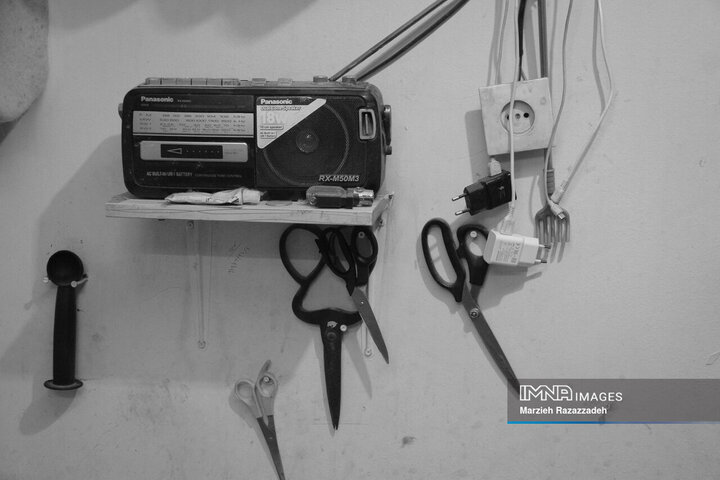
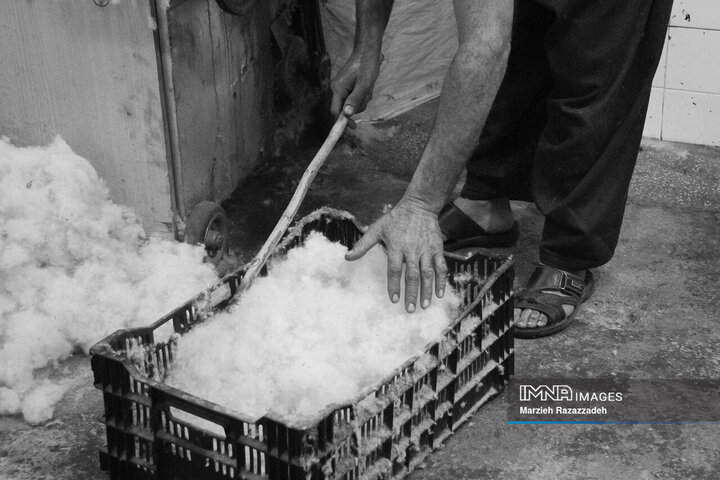
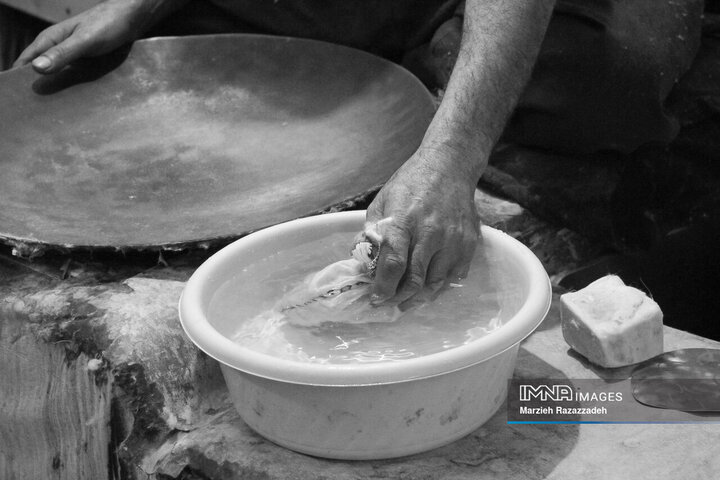
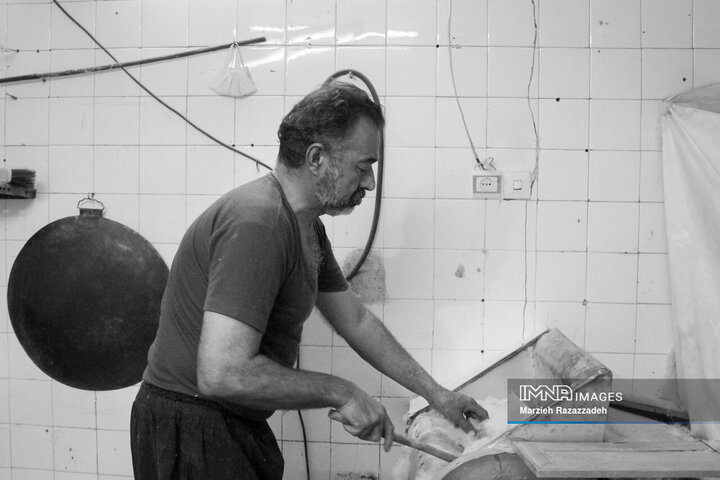
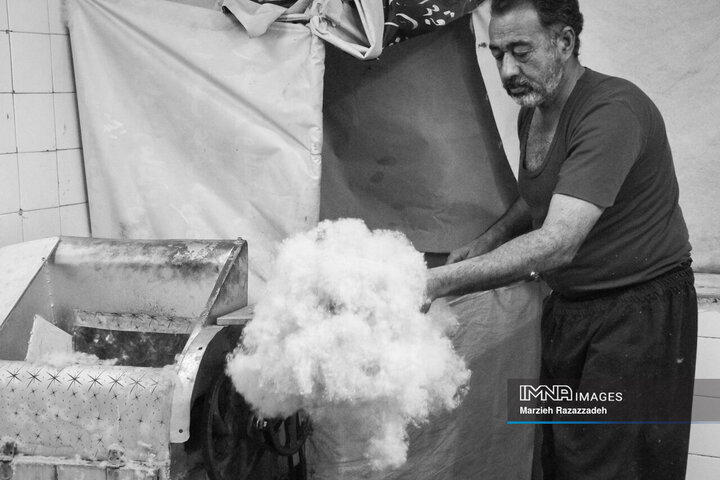

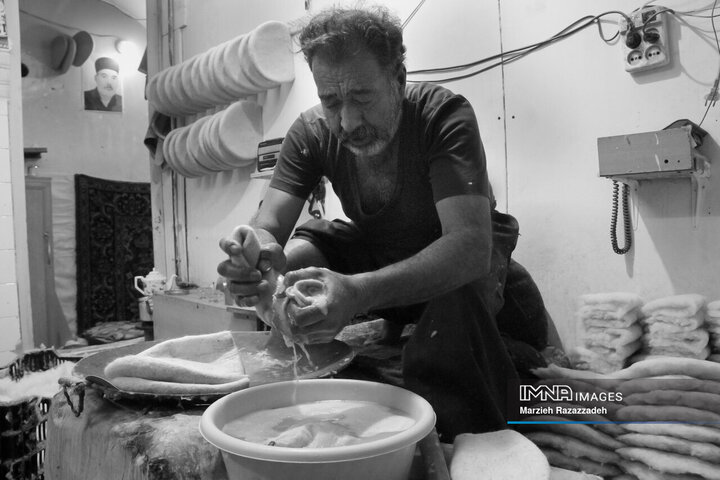
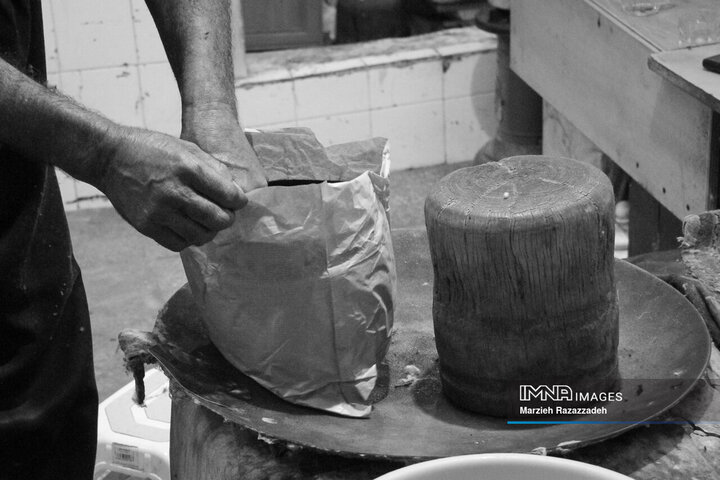
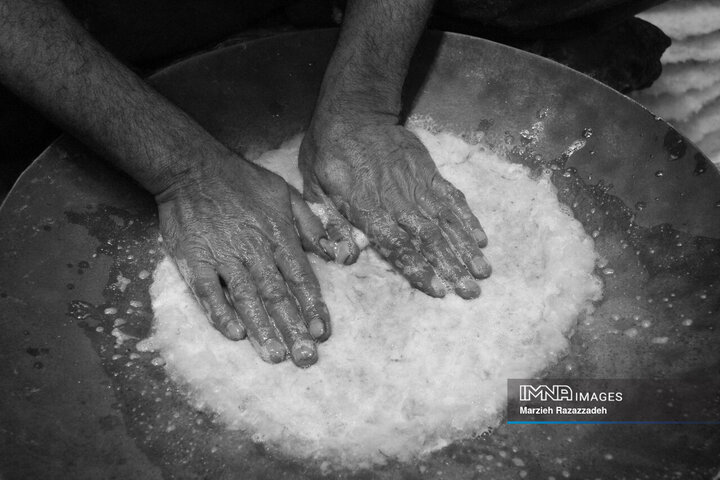
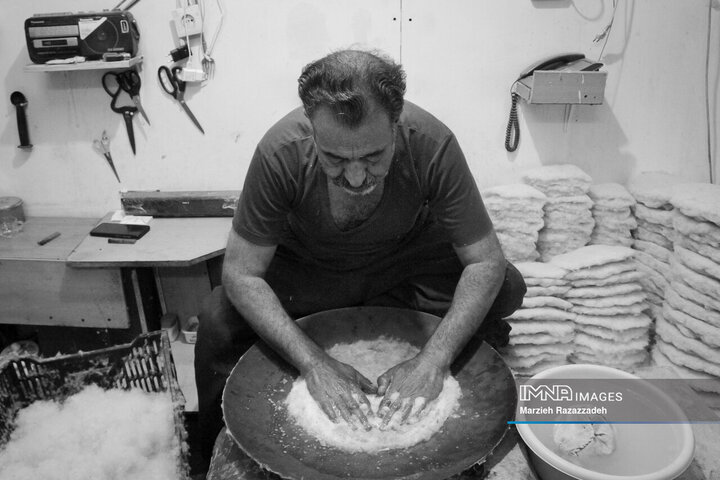
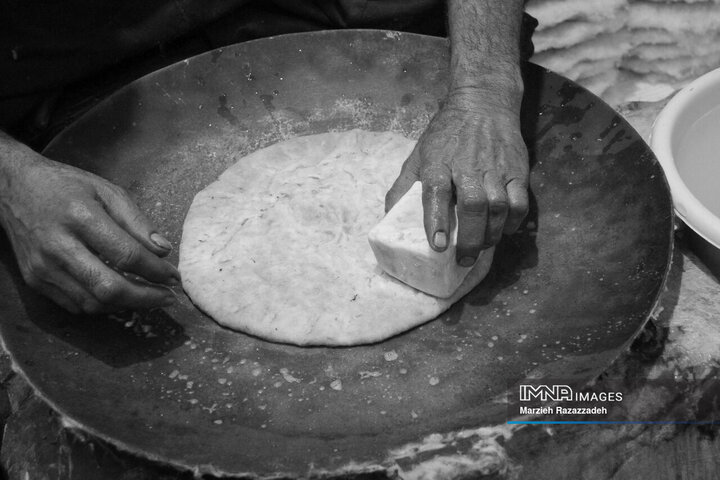

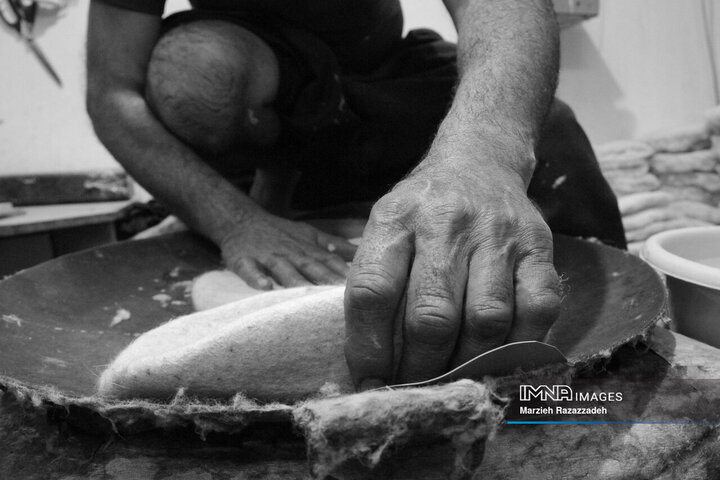

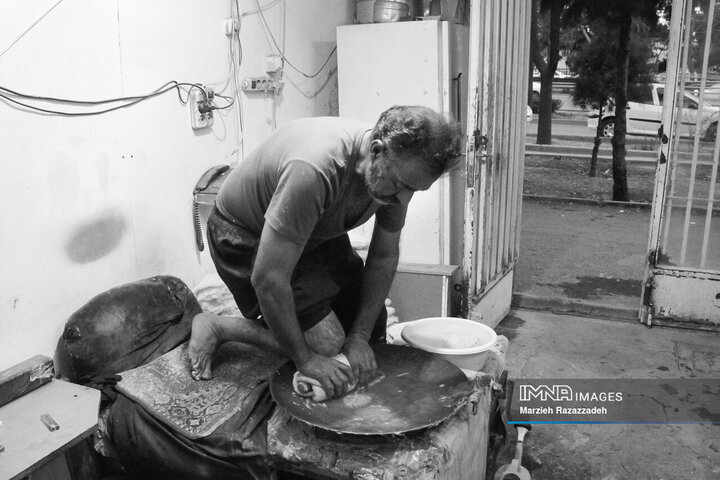
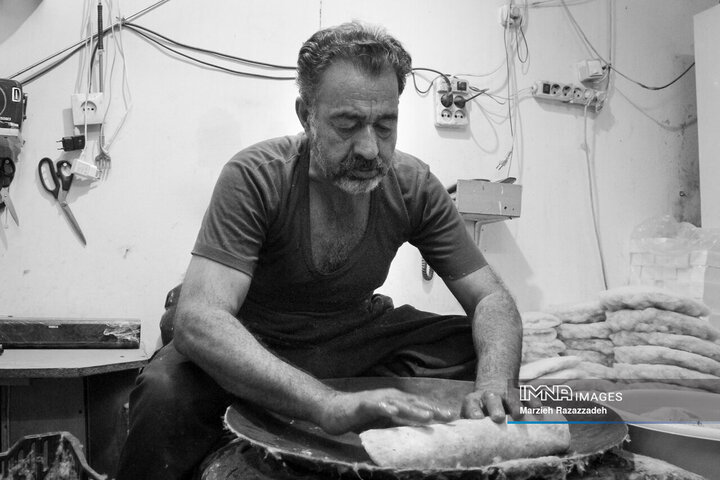
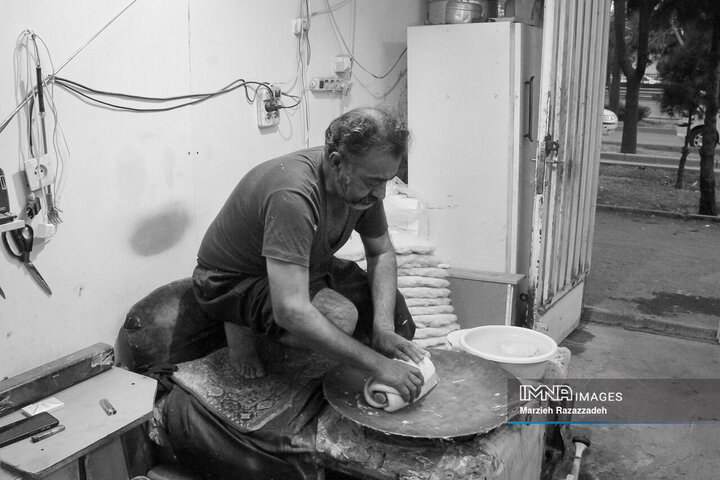

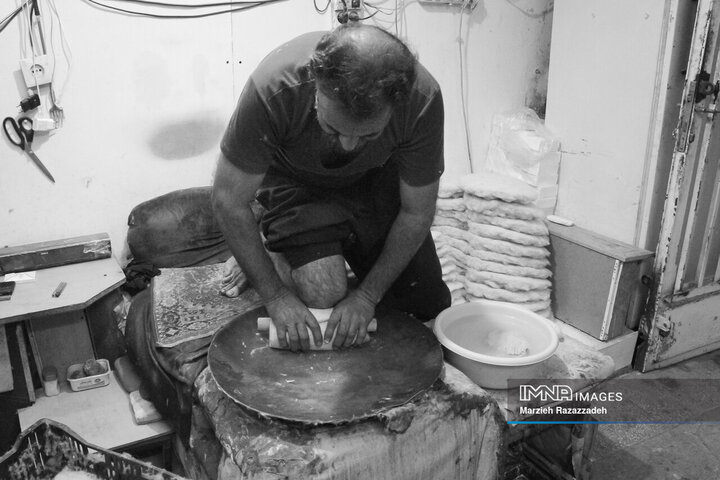

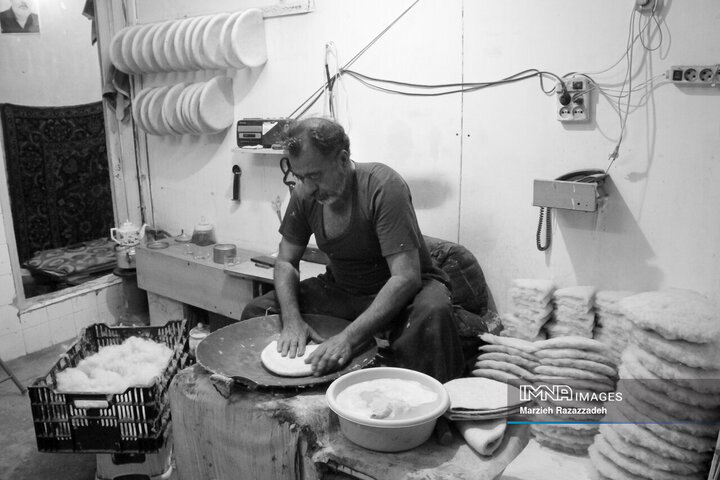
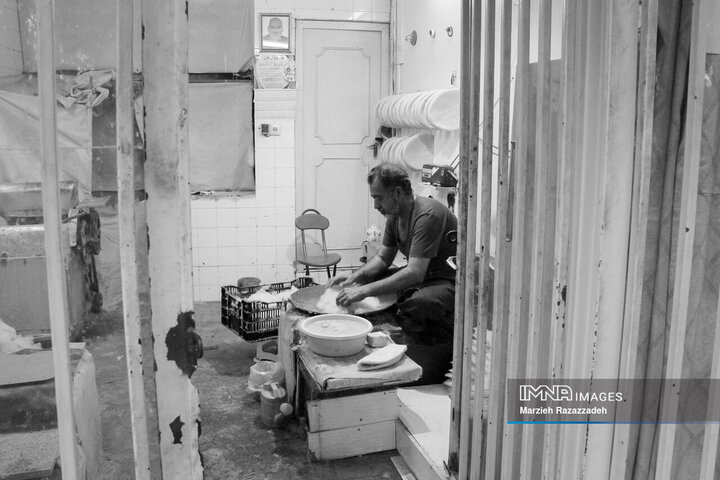
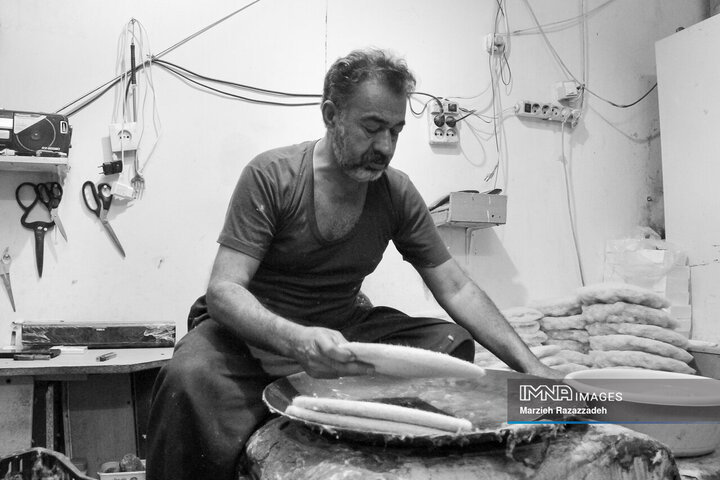

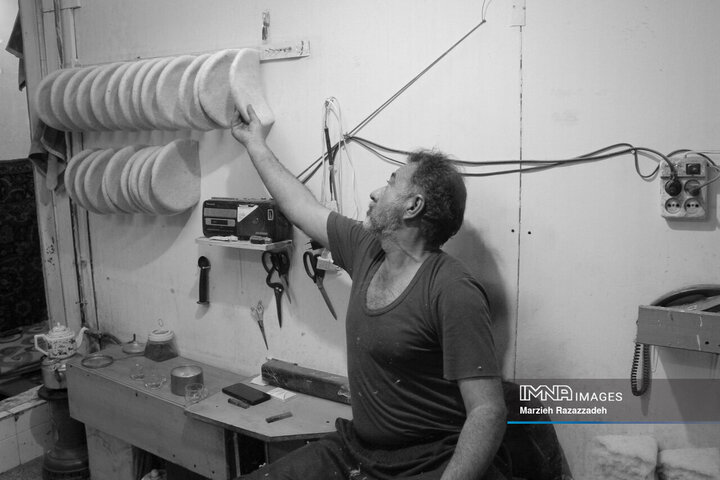
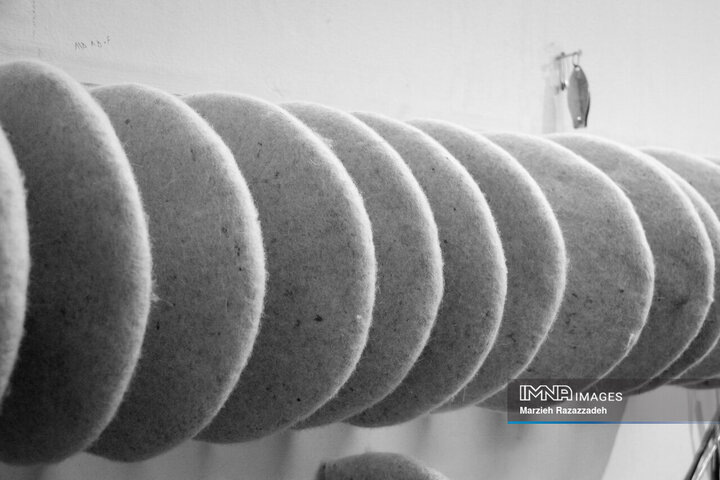
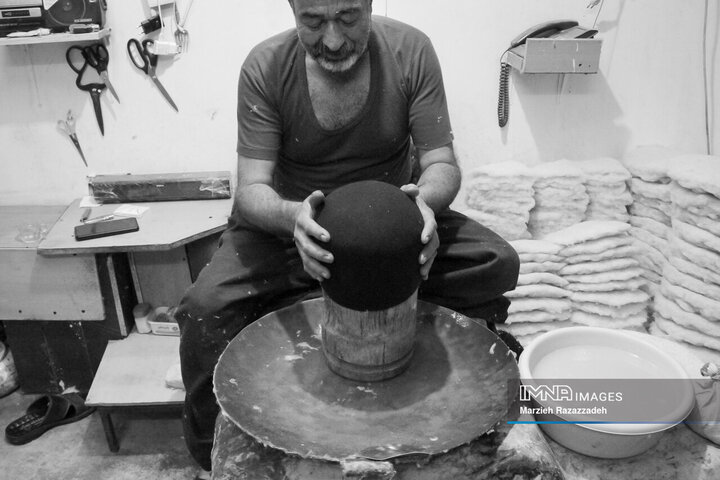
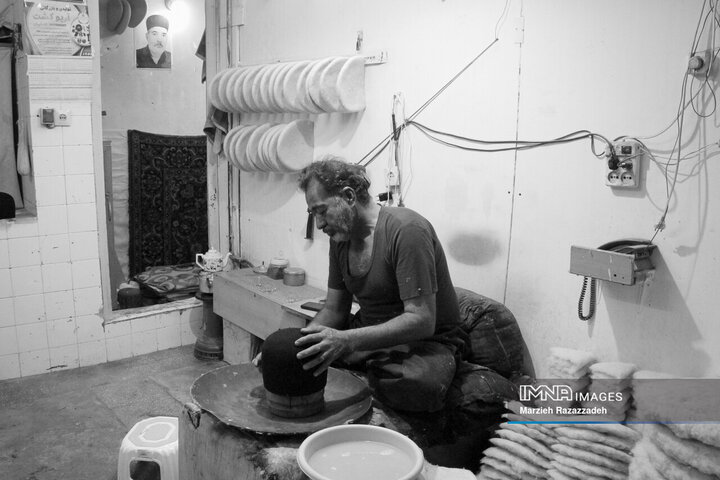
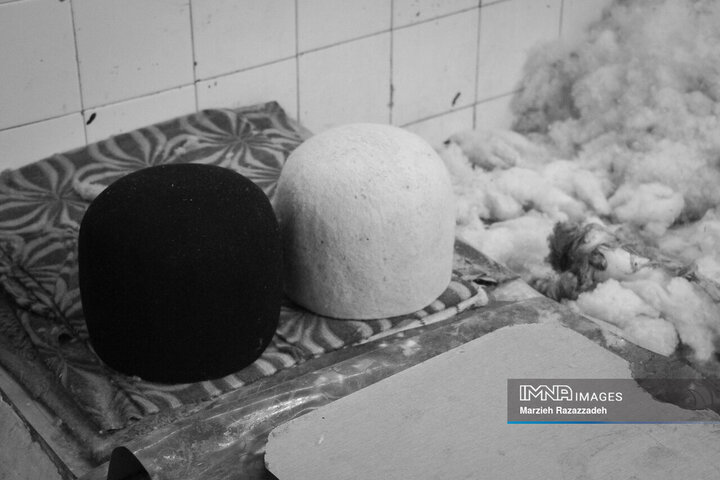
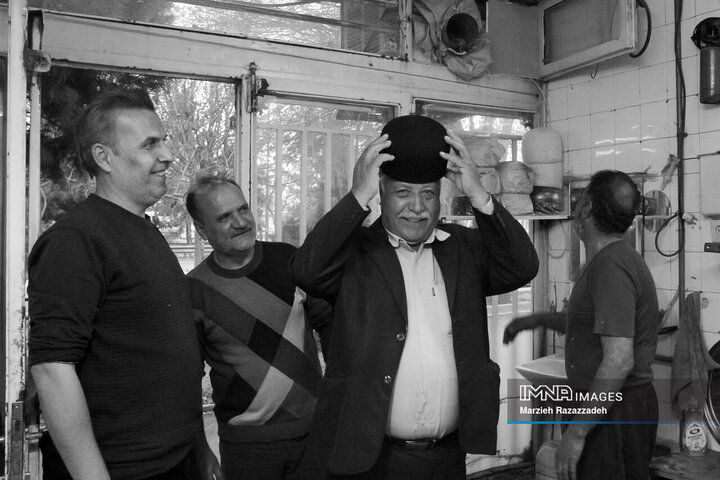
Your Comment